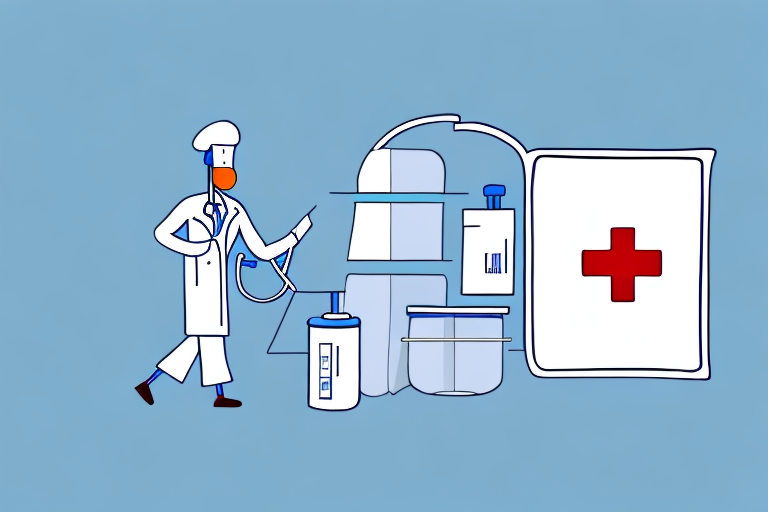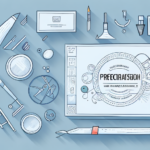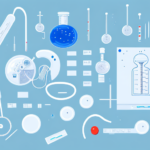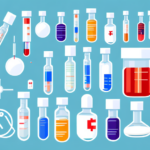Ensuring Safe and Efficient Medical Specimen Transport
Medical specimen transport is a critical component of modern healthcare and research, facilitating the swift and reliable movement of biological materials between various locations. Whether transporting blood, tissue, urine, or other biological samples, it is imperative that this process preserves the integrity and safety of the specimens to ensure accurate diagnostics and effective treatments.
The Importance and Risks of Proper Medical Specimen Transport
Significance in Healthcare and Research
Medical specimens are foundational in diagnosing diseases, guiding treatment decisions, and advancing research studies. The accuracy of laboratory results hinges on the condition of specimens upon arrival, making proper transport essential. According to the CDC Laboratory Standards, maintaining specimen quality is paramount for reliable diagnostics.
Risks of Improper Transport
- Degradation of Samples: Specimens not stored at appropriate temperatures can degrade, leading to inaccurate test results.
- Contamination: Inadequate packaging can result in specimen contamination, compromising diagnostic integrity.
- Misidentification: Poor labeling practices may cause specimen mix-ups, leading to incorrect diagnoses and treatments.
- Regulatory Consequences: Non-compliance with transport regulations can result in legal penalties and loss of accreditation.
Best Practices for Handling and Transporting Medical Specimens
Proper Packaging
Selecting the right packaging materials is crucial. Specimens requiring refrigeration should be placed in insulated containers with cold packs. For hazardous materials, secondary containment is necessary to prevent leaks. Refer to the IATA Dangerous Goods Regulations for comprehensive packaging guidelines.
Temperature Control
Maintaining the correct temperature is vital for specimen integrity. Utilize temperature-tracking devices, such as data loggers, to monitor conditions throughout transit. Studies show that temperature excursions can compromise up to 30% of transported specimens (Journal of Clinical Pathology, 2023).
Accurate Labeling and Documentation
Each specimen must be clearly labeled with patient information, type of specimen, and special handling instructions. Comprehensive documentation should include shipment details, handling protocols, and tracking information to ensure traceability and accountability.
Training and Certification for Transport Personnel
Personnel involved in specimen transport must undergo specialized training to handle biological materials safely. Certification programs cover topics such as regulatory compliance, proper handling techniques, and emergency procedures. The CDC Public Health Law Program offers resources for understanding legal requirements in specimen transport.
Technological Innovations in Specimen Transportation
Temperature Monitoring Technologies
Advancements in temperature monitoring, including real-time GPS-enabled data loggers, allow for continuous tracking of specimen conditions. These technologies enhance the ability to respond promptly to any deviations, ensuring specimen integrity.
Dna-Based Identification Systems
DNA-based tracking systems provide precise identification and traceability of specimens, reducing the risk of misidentification and enhancing security during transport.
Regulations and Guidelines Governing Medical Specimen Transport
Compliance with federal and international regulations is mandatory for safe specimen transport. Key regulatory bodies include:
- World Health Organization (WHO): Provides global guidelines for specimen transport.
- Clinical and Laboratory Standards Institute (CLSI): Sets standards for laboratory practices, including specimen handling.
- International Air Transport Association (IATA): Regulates the transportation of hazardous materials by air.
Adhering to these regulations ensures that specimens are transported safely and legally, minimizing risks associated with non-compliance.
Logistics and Common Challenges in Specimen Transport
Managing Transport Delays
Unexpected delays due to traffic, weather, or logistical issues can compromise specimen integrity. Implementing contingency plans and selecting reliable transport partners can mitigate these risks.
Maintaining Temperature During Long-Distance Transport
Long-distance and international transports pose challenges in maintaining consistent temperature. Utilizing advanced insulated packaging and real-time monitoring systems can help maintain required conditions over extended periods.
International Specimen Transport Best Practices
Transporting specimens internationally involves navigating customs regulations, varying climate conditions, and longer transit times. Best practices include:
- Comprehensive Documentation: Ensure all necessary permits and paperwork are completed to avoid delays at customs.
- Optimal Packaging: Use high-performance insulated packaging tailored to the specific environmental conditions of the destination.
- Partnering with Experienced Couriers: Collaborate with logistics providers specializing in international biological specimen transport to ensure compliance and reliability.
Case Studies: Successful Medical Specimen Transport
During the COVID-19 pandemic, efficient specimen transport was crucial for timely testing and diagnosis. Implementing state-of-the-art tracking and temperature control technologies enabled the safe and prompt delivery of thousands of swabs globally, facilitating rapid disease management and control (WHO Report, 2023).
Conclusion
Effective medical specimen transport is indispensable for accurate diagnostics and advancing medical research. By adhering to best practices, leveraging technological innovations, ensuring proper training, and complying with regulatory standards, healthcare providers can safeguard specimen integrity and enhance patient outcomes. Continuous improvement in transport protocols and embracing new technologies will further elevate the reliability and efficiency of medical specimen transport.






















